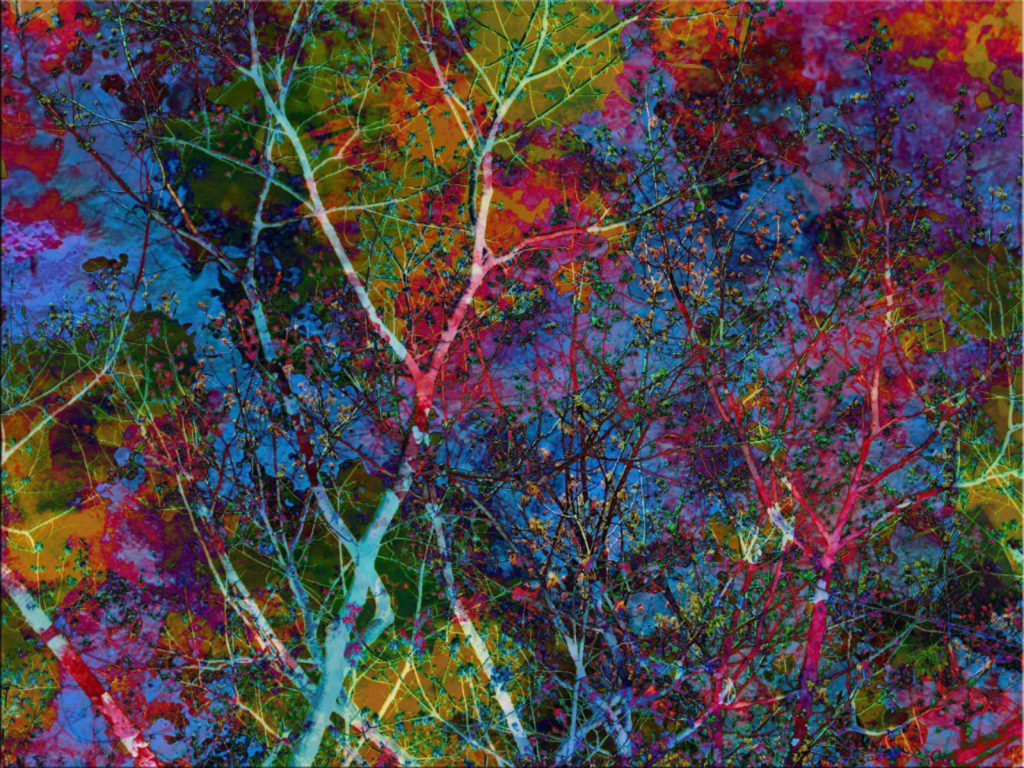Besides aesthetical preference, the decision to avoid the hyphenated gap between ‘neuro’ and ‘landscape’ is a subtle nod to the philosophy of our organization. Inclusion of the hyphen could suggest that the activities of the brain and the surrounding landscape need to be forcefully brought together, whereas the mind and its physical environment are in constant interaction, whether the individual is actively aware of this fact or not. Although the hyphen could also be viewed, and rightfully so, as a bridge between two distinct disciplines (neuroscience and landscape design), we prefer to focus on the holistic nature of the subject of our research.

Recent studies by our team and countless others continue to confirm and explore how much impact the physical environment has on our mental cognition, which, in turn, greatly influences our health and wellbeing. Our neural activity and the surrounding environment would rather have to be forcefully separated than forcefully brought together. Although neuroscience and landscape design have been kept separate as academic disciplines, it would be difficult to suggest that their primary subjects of study, the brain and the landscape, should be divided and kept at a distance from each other.
Therefore, we have removed the hyphen to clearly show how close and inextricably linked the concepts of ‘neuro’ and ‘landscape’ are in the real world. We will continue to strive to bridge the gap between seemingly unrelated disciplines through formal research while increasing the public’s understanding and engagement on this issue for the benefit of everyone’s mental health and wellbeing. To achieve these ends, our blending of neuroscience and landscape design will benefit from the tools developed in the computer sciences, specifically in the field of artificial intelligence. Computer-generated neural networks will help us better understand how the brain reacts to the environment and will be used to quickly analyze and advise on the quality of a landscape design in terms of its positive impact on our mental health.
Through the synergy of these three disciplines, we seek to overcome the inherent weaknesses of a single-minded expertise that fails to see the forest for the trees. Experts from each discipline on our team will contribute and communicate their own necessarily-biased perspective on the research. This interdisciplinary approach will lead, and has already led, to insights and discoveries that simply would not be possible if each person remained tucked away in their own office or lab. NeuroLandscape strives not to see the world in black and white, but rather intends to harness the kaleidoscope of colors that is interdisciplinary research. Scientific breakthroughs and a deeper understanding of the world around us are created through the nuanced blending of the complete palette of colors at our disposal. This ideal is at the heart of NeuroLandscape and we hope to do our small part to contribute to the betterment of the places where we live.
_by Raul Guizzo

